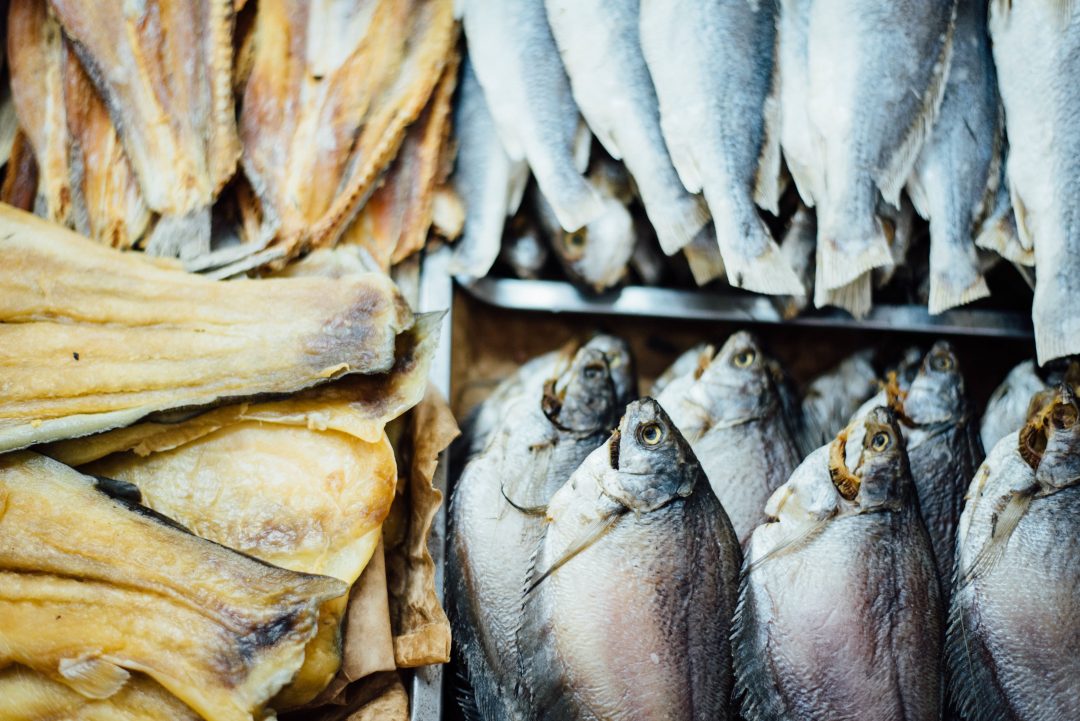Secondo i dati rilasciati da WWF Italia, nel 2017 gli italiani hanno consumato circa 25 kg di pesce a testa, di cui 1 su 3 (30%) lo mangia almeno una volta a settimana, mentre il 34% non meno di una volta al mese.
Nonostante ci sia stato un netto incremento rispetto a pochi anni fa in cui il consumo era di “soli” 16 kg, è emerso che le varietà di pesce che finiscono sulle tavole degli italiani si riducono solamente a 6:
- Merluzzo
- Tonno
- Crostacei
- Alici
- Calamari
- Sogliole
Tale limitata scelta dipende da pochi ma fondamentali motivi: in primo luogo si preferisce acquistare il pesce nel banco surgelati dei supermercati, in cui solitamente vengono riempiti dai prodotti che si riescono a vendere di più. In secondo luogo, solo un italiano su 10 riesce a rivolgersi direttamente al pescatore, il quale (oltre a proporre pesce fresco) vende solo ciò che ha pescato. Infine (e probabilmente il motivo più importante), sono in pochi ad avere una cultura sul pesce o si informano sulla stagionalità, benefici, varietà e in che modo può essere cucinato.
Master sul pesce di Cucina In
Noi di Cucina In abbiamo ideato il Master sul pesce non solo per insegnare come poterlo cucinare al meglio, ma soprattutto per fornire ai partecipanti tutte le nozioni necessarie in materia. Possiamo definirlo un Master dalla A alla Z: si partirà, infatti, alle prime ore della mattina insieme allo Chef recandosi presso il mercato di Milano in via Fauchè. In questo famoso luogo di scambi e di incontri, si imparerà a ricercare e selezionare ciò che i pescivendoli hanno da offrire in base alla stagione. Terminata la spesa, il Master proseguirà all’interno della nostra location per apprendere i segreti del nostro Chef su come pulire, preparare e utilizzare al meglio il pesce acquistato; infine gusteremo tutti insieme il pranzo realizzato.
Curiosità: sai qual è la differenza tra il Pesce Azzurro e quello Bianco?
Le acque del Mar Mediterraneo costudiscono una varietà di pesce molto proteica e salutare, meglio conosciuta con il nome di Pesce Azzurro; tuttavia, spesso per una scarsa conoscenza, viene confusa con il Pesce Bianco. Sai in cosa differiscono?
Innanzitutto bisogna sapere che la distinzione tra “Pesce Azzurro” e “Pesce Bianco” non nasce da un criterio biologico o scientifico, ma semplicemente in base alle proprietà nutrizionali specifiche.
Il Pesce Bianco ha, infatti, solo il 2% di grasso nei suoi tessuti perché le specie che appartengono a questo gruppo sono in genere piuttosto sedentarie. Il Pesce Azzurro, invece, è un po’ più grasso (tra il 5% e il 6%) perché, a differenza di quelli bianchi, le specie di questo gruppo si spostano spesso e hanno quindi bisogno di più energia. Oltre al suo alto contenuto proteico di grande interesse nutrizionale, il grasso che possiede il Pesce Azzurro ha una percentuale considerevole di acidi grassi – omega3 – i quali sono molto salutari.
Distinguere i pesci appartenenti all’uno o all’altro gruppo è molto semplice, bisogna solamente prestare attenzione alla coda: se biforcuta (per intenderci simile a quella delle rondini) si tratterà di Pesce Azzurro; se è piatta o curva allora sarà Pesce Bianco.
Topics: Corso di cucina


